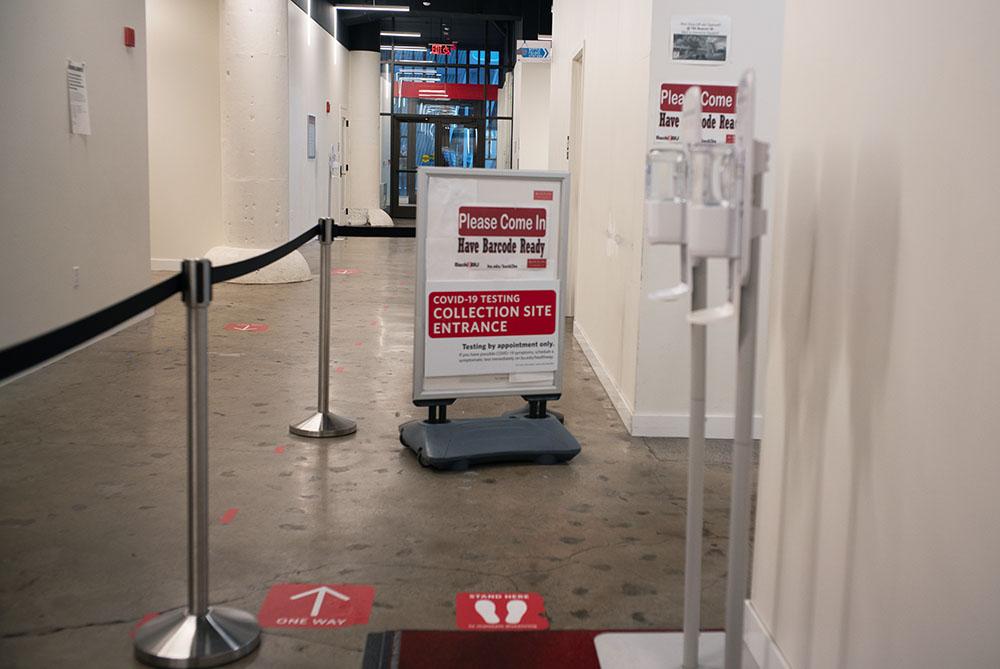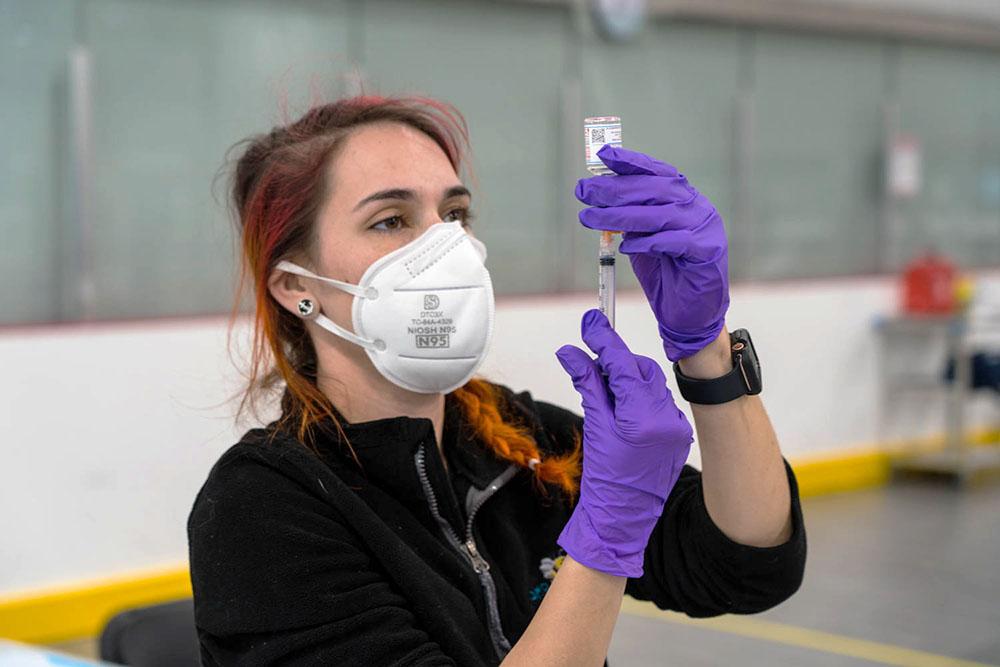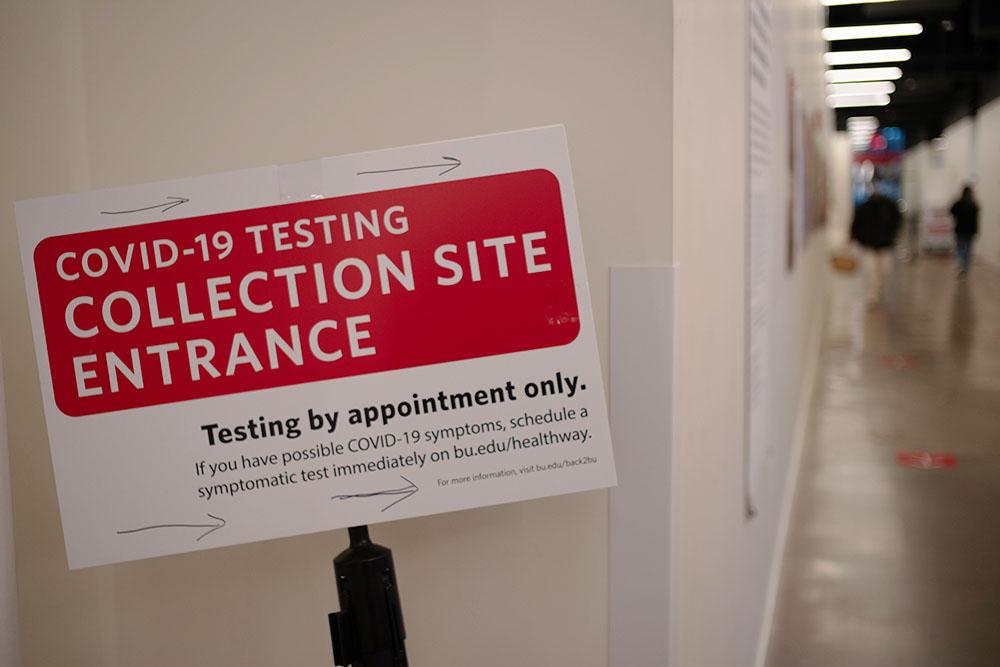Long lines at polling booths are often the norm on Election Day. But the idea of such a sight this November has sparked concern among voters as the coronavirus epidemic shows little sign of slowing.

In preparation for an election season that may be unlike any Americans have experienced in recent history, voting rights advocates are pushing for states to set up a primarily vote-by-mail process for November.
Election advocacy groups such as MassVOTE and Common Cause are promoting the idea in hopes of modernizing the voting process and encouraging participation.
Converting to a by-mail voting system has been a consideration for some time, they say, as it’s been proven to be a secure and inexpensive process for governments to execute.
Pam Wilmot, executive director of Common Cause, has been an advocate of government reforms for more than 20 years. She said vote-by-mail is feasible because some states already rely heavily on it — Colorado, Oregon and Washington all have about 90 percent of their votes cast by mail.
“We will see unprecedented levels of people voting by mail in this election, both here in Massachusetts and across the country,” Wilmot said. “That’s absolutely necessary to ensure that people can cast their ballots safely.”
Alex Psilakis, policy and communication manager of MassVOTE, said the organization had previously kept vote-by-mail systems in mind as a way to encourage higher turnout but never found it a “politically realistic” option to focus on.
“It’s always been something that we’ve been interested in, but it hasn’t really been urgent,” Psilakis said. “We’ve been focusing on other reforms like Election Day registration.”
But both Wilmot and Psilakis said that besides the perk of expanded election participation, the necessary safety precaution vote-by-mail allows for makes the method worth it, especially this year.
Wilmot said she believes the accessibility that comes with voting by mail would also increase voter participation in the general election if states choose to promote this instead of expecting in-person appearances.
“You actually get [a ballot] there and it’s sitting in front of you,” Willmot said. “You don’t have to go drive somewhere or you don’t have to request it. It just arrives.”
Wilmot said she is confident elevating such a system on a national scale would benefit the election process. Local branches of Common Cause, however, are zoning in on their own states in particular, especially for primary elections yet to come.
As states continue to rethink their election processes in attempts to adapt to current concerns, Psilakis said a well thought-out and coherent structure must be put in place soon.
“In this time with deep uncertainty, to meet this crisis we need a robust, broad, powerful system in place to address it,” Psilakis said. “And vote-by-mail is that solution.”
While voting through mail is reliable in most cases, Wilmot said states should continue to offer in-person voting for people who prefer it, or in case of any errors. Voting in person still has its benefits, she said.
The tracking and verification systems that ensure votes sent in by mail are “tried and true,” they are not foolproof. Sometimes mailed ballots don’t reach their intended recipient, and sometimes they are marked incorrectly.
However the vote is achieved, Wilmot said it must be done with proper care and security measures so all citizens who wish to do so can participate in democracy.
“Every vote counts,” Wilmot said, “and voting must be done safely and securely.”






















































































































